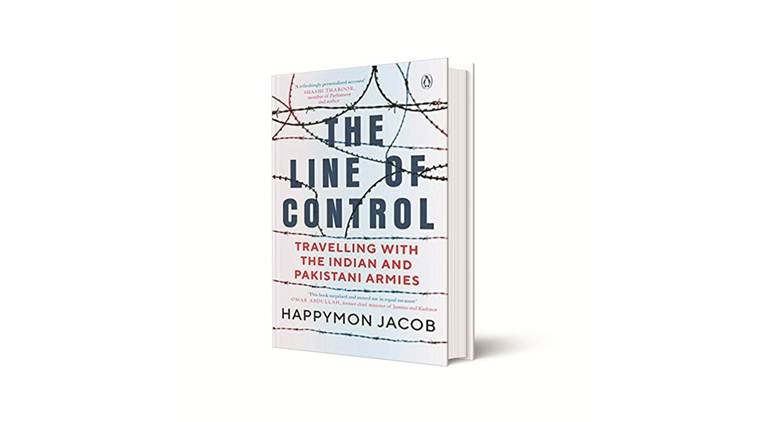Written by Sushant Singh |Updated: January 12, 2019 9:30:33 am
Both Sides Now
An academic’s poignant account of visiting the Line of Control from either side of the Indo-Pakistan border.

Many Indians have travelled to Pakistan, or even lived there as a diplomat or a journalist, and written about it. But even they did not have the opportunity to visit the Line of Control (LoC) — the boundary between India and Pakistan in Jammu and Kashmir — and that, too, from both sides. Happymon Jacob is that rare person, if not the only one, who has had that experience of visiting the LoC, at a time when the ceasefire violations between the two armies were at a high in late-2016.
Besides interacting with multiple serving and retired Pakistani military officers on various occasions, this professor at Delhi’s Jawaharlal Nehru University (JNU) has the unique distinction of visiting the General Headquarters (GHQ) of Pakistan Army at Rawalpindi. It should then not surprise anyone that The Line of Control: Travelling with the Indian and Pakistani Armies is an unusual book, a travelogue of a different kind.
Jacob’s journey to the LoC started with the Indian side, and it was due to only one man, Lt General DS Hooda (retd), who was then the Northern Army commander. A prolific commentator now, Hooda was a deeply thoughtful commander who did not want to be limited by the rigid military mindset. Against the advice of the army headquarters, Hooda responded positively to Jacob’s request and gave him a very high degree of access to the frontline posts and tactics on the LoC. For a traditional army, which increasingly likes to shape the narrative in the media, it is revolutionary to provide such unfettered access to an academic.
If Jacob was lucky in getting Hooda, he has also done his best to fully utilise the opportunity. The fact that he had a theoretical background in these issues, besides preparatory meetings and interviews with retired military officers in Delhi, helped him make sense of a complex situation at the LoC, which would have befuddled most others. Jacob has backed that extensive preparation with an honest depiction and sincere appreciation of the dynamics of serving on the LoC. It is neither jingoistic nor unemotional. It shows an empathy for the people he meets and interacts with, some of whom are living and operating in very tough conditions. When I was in uniform, I have served in some of the places he visits, and, notwithstanding the passage of a few years, my impressions and understanding about those places and situations broadly agree with his.
The highlight of the book, of course, is his visit to the Pakistani side of the LoC and the trip to GHQ, covered in two separate chapters. As someone who was in Pakistan last year, which included a guided tour by the Pakistan army to the Afghanistan-Pakistan border and North Waziristan, these portions have a sense of déjà vu: the midnight blank calls in the Islamabad hotel room and the 24X7 monitoring by Pakistani agencies are eerily similar. Jacob makes it to the Pakistani side of the LoC, selected villages, some roads and a few headquarters. but never to a bunker from the inside. He sees the Indian soldiers from a few hundred metres and witnesses the trade between the two sides of Kashmir at designated points.
As any visitor to Pakistan army knows, there are superficial similarities with India but there are huge differences as well. Jacob observes the higher religiosity on the Pakistani side, its disbelief in Indian pluralism, the friendliness of the Pakistani populace towards Indians even as the state sticks to its policy towards India. Although he seems to have been provided tightly-controlled access on the LoC by the Pakistan army, the fact that they chose to invite him and take him around is highly commendable.






















No hay comentarios:
Publicar un comentario